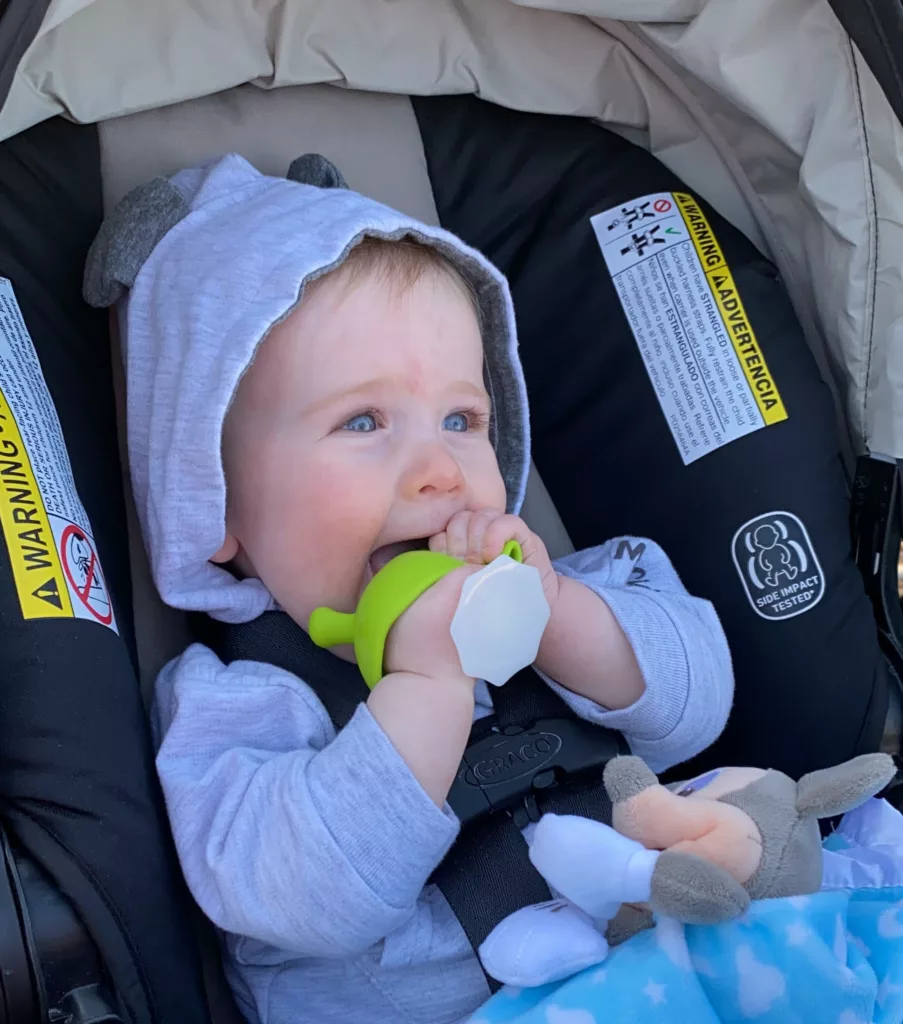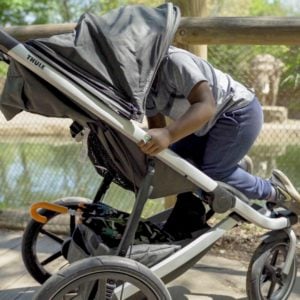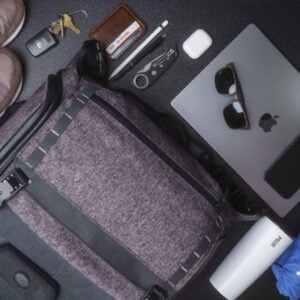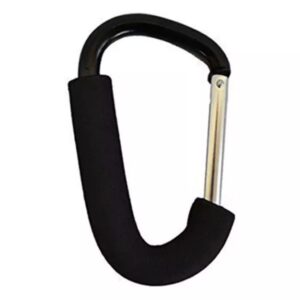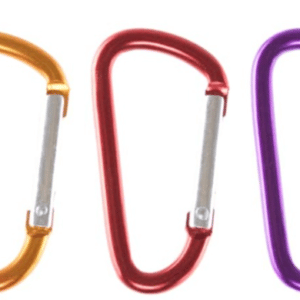Teething. It’s a thing. How much of a thing? Well, that depends on who you ask. Your grandma might tell you that teething causes diarrhea, vomiting, high fever and spontaneous combustion. However, your pediatrician probably told you to expect some drooling, a desire to chew on things and some mild irritability.
So, who’s right?
Well, it may not be as simple as right and wrong. It really breaks down into a prime example of Causation vs Correlation.
In this article, we are going to cover;
- Signs & Symptoms of Teething
- When to Expect Teeth
- Teething Remedies
- Most Interesting/Craziest Teething Remedies
There is a lot of information out there from a wide range of sources. Every child responds to developmental leaps differently. This leads to the large variety of teething symptoms as well as how to treat painful teething.
So let’s jump in!

Debunking Teething Symptoms
First, we need to ask the question: What is teething?
It might seem self-explanatory, but teething is the process of teeth popping through the gums. Your child was born with their teeth below the surface of the gum, and teething is the fun experience of those teeth pushing up through the gum.
Teething is often blamed for anything out of the ordinary that a child experiences between the ages of 6 months – 3 years. Baby isn’t sleeping? Teething. Baby has a runny nose? Teething. Baby have diarrhea? Teething. Fever? Teething. Baby has no food, no job, and their pet’s heads are falling off? That’s a different issue.
What symptoms are completely unrelated to teething, which ones are proven to be related, and which ones are in the middle?
Fever
According to Seattle Children’s Hospital, teething does not cause high fever. This would be described as anything above 100.4 degrees. Teething can slightly increase your child’s temperature, but if your child has a true fever, it’s time to call the Doc.
Diarrhea
Once again, diarrhea is a teething symptom that you might hear is extremely common among teething babies. However, there is no evidence that suggests teething can directly cause diarrhea. Colgate has great info on this. Your child’s immune system is weaker at 6 months than when they are newborns. This means they are more likely to get an infection that can cause symptoms like fever, diarrhea and vomiting at the same time they could start teething. Correlation vs Causation.
Diaper Rash
Rashes that occur anywhere other than the path of drool (chin, neck, chest) are also not attributed to teething. Meaning, teething doesn’t directly cause diaper rash. According to a study from the American Academy of Pediatrics, diaper rash was “not significantly associated with tooth emergence”.
Evidence-Backed Symptoms (from the AAP study):
- Drooling
- Increased biting, gum rubbing, sucking
- Irritability
- Wakefulness
- Ear rubbing
- Facial rash (from drool)
- Decreased appetite from solid foods
- Mild temperature elevation (again, not a fever)
Back to the Causation vs Correlation talk. Your mom swears that every time you cut a tooth, you had a diaper rash. Your grandma swears that her kids had a fever and diarrhea when they were teething. Is this possible? Absolutely! But there is a difference between two events occurring at the same time and one event causing another.
When my son gets a diaper rash, my first thought is “he must be getting ready to cut a tooth”. And, he may be getting ready to cut a tooth. But the process of teething isn’t causing his diaper rash (even though the timing is strangely coincidental). Personally, I was surprised to find no evidence that teething causes diaper rash.

When to Expect Teeth
Most babies start teething around the 6 month mark. If your child hits their 6 month ‘birthday’ and there are no teeth – no worries! According to the NHS, some children do not begin teething until 1 year. On the other side of the spectrum, NHS also says that some children are born with teeth….!!!
Most children finish teething before they turn 3.
Order of Teeth
During my last dentist appointment, I asked the hygienist about what order my son’s teeth would come in. She told me that there is a general order, but sometimes it’s totally random. After doing some research, this really is the case!
Orajel Kids has a pretty cool interactive chart that shows the general order of teeth for babies. Likely, your child will get their teeth in this order:
- Bottom Central Incisor (bottom front two teeth)
- Top Central Incisor
- Top Lateral Incisor (next to front teeth)
- Bottom Lateral Incisor
- Top 1st Molar
- Bottom 1st Molar
- Top K9
- Bottom K9
- Bottom 2nd Molar
- Top 2nd Molar
Debunking Teething Remedies
Just like there are a plethora of teething symptoms, there are an equal amount of remedies to help your baby get through the process with less fuss. Let’s talk through some of the most common ones:
Gum Massage 👍
This is a great way to help ease the discomfort of your little one. Simply wash your hands and rub your finger on the gum where the tooth is trying to break through. 2 minutes or so should do the trick. As far as remedies go, this one is at the top of the list for a reason.
Teething Gels 👎
According to Seattle Children’s Hospital, most teething gels have Benzocaine in them. Benzocaine is not FDA approved – check out this press release from 2018. Benzocaine can cause choking, bluish skin and allergic reactions. Additionally, teething gels only give a short relief since they end up washing away from the gum. Basically – use another remedy for your child.
Teethers 👍
Teething toys, cold wash cloth, cold solid foods (that don’t pose a choking hazard) can be a great way for babies to help soothe their gums. It is recommended to cool down the toys in the refrigerator, not the freezer. These things just need to be cool, not arctic frozen. This is another great remedy for your baby.
Pain Medication ↔️
Typically, teething doesn’t cause enough pain to require pain medication. If your normally super happy and easy-going baby is suddenly crying uncontrollably, exhaust other reasons before landing on teething. If you seem to have determined that teething is the reason they are experiencing discomfort, here are a couple of potential options:
- Acetaminophen (Tylenol)
- Ibuprofen (Advil) – If over 6 months
Before giving your child any medication, check with the pediatrician first. If the Dr. has given the green light, and you feel like your child needs it, pain medication can be an option. They shouldn’t need more than a few doses, and it is not recommended to be administered for more than a few days in a row.

Wait…Could That Actually Work?!
Okay. We’ve all heard insane ideas about how to help a baby going through teething. But some of them might actually have some merit…
Whiskey on Gums 🥃
No. Just no.
Frozen Socks 🧦
The idea here is that frozen socks can serve as a teether. There are so many better options listed above that, there is no reason this should ever be considered.
Egg in a Sock 🥚
This method involves putting an egg into a sock and hanging it from the doorway or closet door. How does this connect to teething? The idea is that an egg shell can absorb up to 7 times it’s weight in carbon dioxide. Allegedly, this reduction of carbon dioxide can help ease teething pain. Is there any scientific evidence to back this up? No. Can you find a bunch of search results on google? Yes.
Breastmilk Popsicle 🍭
Ding Ding Ding! This one is actually a good idea! Check this out from Amazon – it allows you to create your own popsicles for your child without them having to actually touch the frozen material. The silicone shell allows some of the liquid to be released as it melts without making a huge mess on your baby.
Final Thoughts
Does teething cause every single ailment your baby could experience? No. But, being aware of the symptoms of teething can help you soothe the discomfort they could experience. Don’t be afraid to call your pediatrician with any questions you have. You know your baby better than anyone, and you can help them through this process.
One more thing … we’re guessing you’re a parent of a baby or toddler. If we guessed right, you might enjoy some more of our website. Hi, we’re Fathercraft. We make stuff that makes this whole parenting thing even more fun. Learn more about us here, or check out our new community for dads here.
